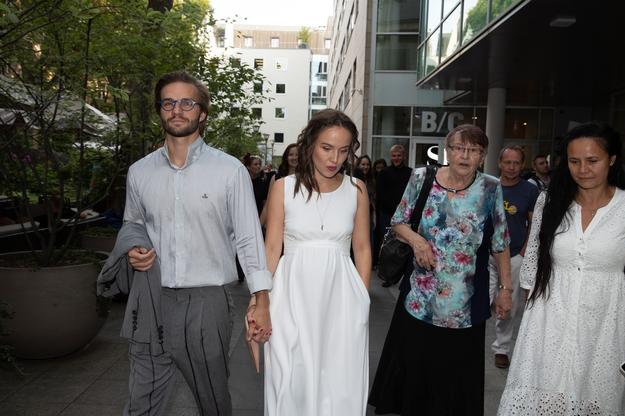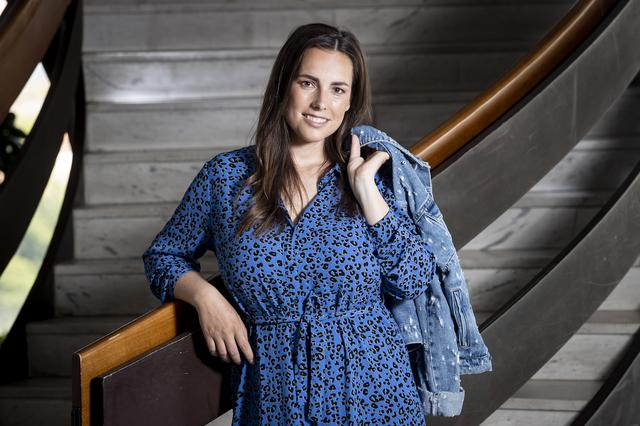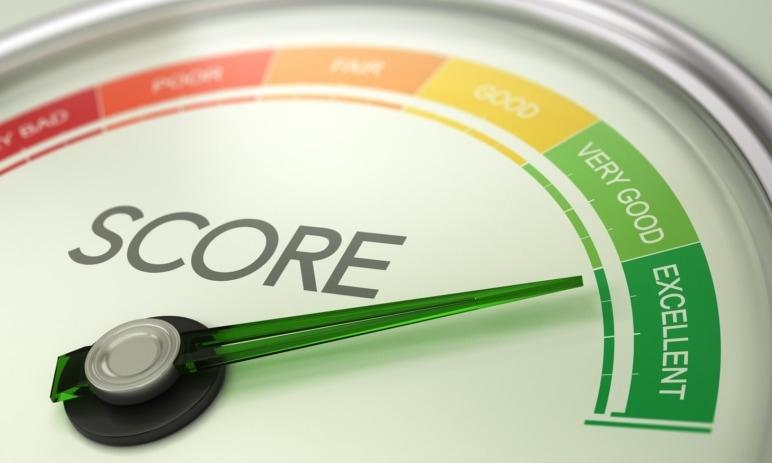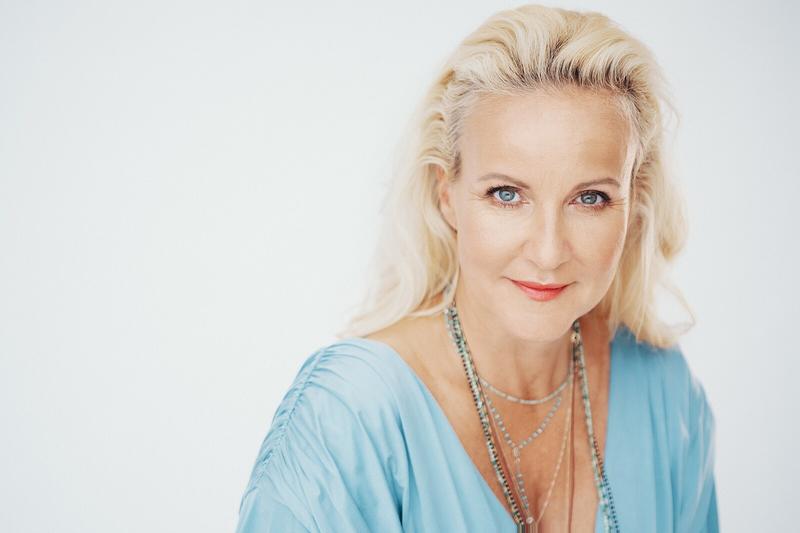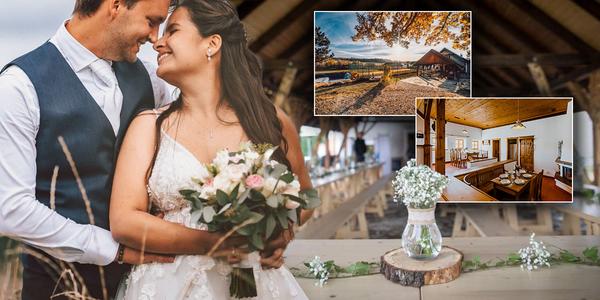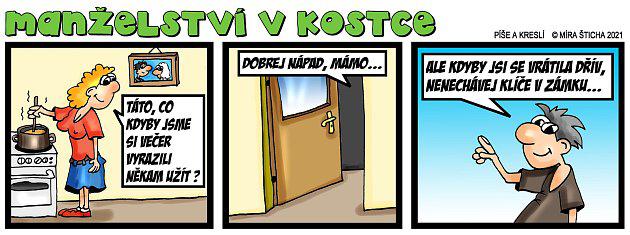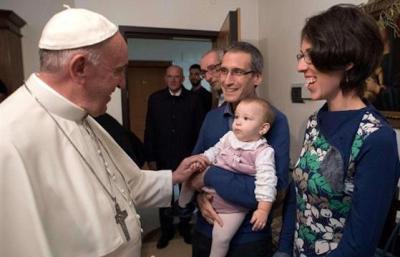Hurrah! We're going on bikes - Babyweb.cz<
The opportunities for sports for new parents will really be radically reduced after the birth of a baby. However, cycling trips can also be taken with very small babies. You just need to have (or borrow from a rental company) a special cart that can be connected to the bike and carry your baby in it, similar to a stroller. These strollers are equipped with a special newborn insert, which is suitable for comfortably storing a baby from birth to six months, later you can do without it. For greater safety, most carts are also equipped with a reflective flag. However, it cannot be said that these bike carts are completely risk-free.
"We only used the stroller when our second child was born. My older son rode with me in a car seat, and my husband had a cart attached behind him, where the baby was sleeping. But I have to be honest, as a mom, I found the bike seat much safer, and I never really enjoyed a bike trip with a stroller. I had various concerns - that he wouldn't be hit by a passing car, if the baby wasn't too hot or there was dust on him, etc. In addition, it rattled nicely on natural paths," says the thirty-five-year-old mother Bára.
Children aged around 18 months can already be ridden on a bicycle in a seat that is placed behind the parent's seat, or before him. According to experts, a seat behind the parent's back is more suitable, even though children have impaired vision. However, it is safer and also more comfortable for the pedaler.
Most bicycle seats can be placed on almost any bicycle with a special adapter. Some even have the possibility of positioning the backrest, so that the baby can even snooze in peace.
For greater clarity, we present a comparison of all three options for transporting small children – a bicycle stroller, a bicycle seat in front of the parent and a seat behind the parent:
Seat fixed in front
No riding without a helmet!
By law, every cyclist under the age of 18, including a child in a bicycle seat, must wear a helmet. When buying it, make sure that it is: |
Seat fixed at the back
Trailer for a bicycle (so-called croozer)
The child learns on the bouncer balance
Is your little one celebrating his second birthday soon? Then you can start flirting with the idea of raising a little cyclist who will pedal on his own on trips. Where to start? Get him a bouncer!
At a time when only children's bikes with additional wheels were on the market, one dad thought of removing the pedals and cranks, and the first "bouncer" for the little ones was born. This increasingly popular children's "means of transport" has one great advantage, which is why you should not skip it when learning to ride a bike. On it, the child will learn balance, maneuvering with the handlebars and braking. The transition to a classic bike can then be completely problem-free, and it is not unusual for some more skilled children to be able to ride a bike on their own from day one.
What to pay attention to when choosing a reflector:
- The frame of the structure should be sufficiently sturdy and strong. It doesn't matter if it's made of metal, plastic or wood, but it should be able to withstand rougher handling.
- The top frame tube should be relatively low so that if the child stops and stands up, it stays space between the frame and the child's crotch.
- The bouncer must be light. Expect that you - the parents - will carry the bouncer in your hand for at least a third of the time you are outside. In addition, the light but still robust bouncer makes it easier for the child to ride and maintain balance.
- Check the height of the seat and the possibility of its adjustment. Otherwise, it may happen that the gift that you gave to your child in good faith will not be able to sit on it for several months.
- And be careful – the brake is rather harmful in the case of a bouncer!
Buying the first bicycle: With or without wheels?
How many kilometers can the child travel? |
Once the child has mastered riding on the bouncer, you can try the bike. For smaller children, choose a bicycle with side wheels that help the child maintain balance. However, more skillful "children" of bouncers may not even need wheels. Additional wheels will help maintain balance, but they make the bike heavier, which can be rather demotivating, especially for weaker children.
The basic criterion when choosing a bike is safety, so choose carefully and among quality models. The right wheel size is especially important. "We bought the bike for our Baroness for her third birthday and she fell in love with it from the first moment. A few days were enough when we helped her with her balance by holding her from the back of the bicycle seat while riding, but gradually she became more and more confident, until one day she just ``ran away'' from us, and since then she's been riding on her own," describes the process learning by bike mother Teresa.
If the child is still not completely confident on the bike, he should reliably reach the ground with his feet. Be sure not to buy a bike without first trying it out. Another essential element is the ability to adjust the brakes, especially the ability to bring the brake closer to the handlebars for short children's fingers. The other criteria are very similar to those that also apply to rebounders. However, the best thing to do is to go to a specialized store when buying a bike, where experts will advise you on the selection.
A suspension (towing) bar can also be useful for the first bike trips - it is attached to the seatpost of an adult's bike and to the head tube of a child's bike. The advantage is that the pole can be detached and attached again at any time, so a small cyclist can alternate active pedaling with a rest phase, when he lets his parent drive him.


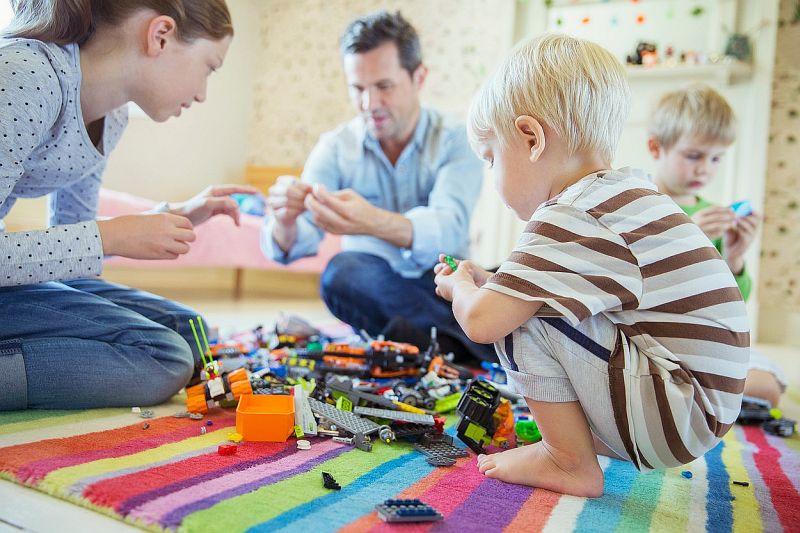
 Tags:
Tags: Prev
Prev
